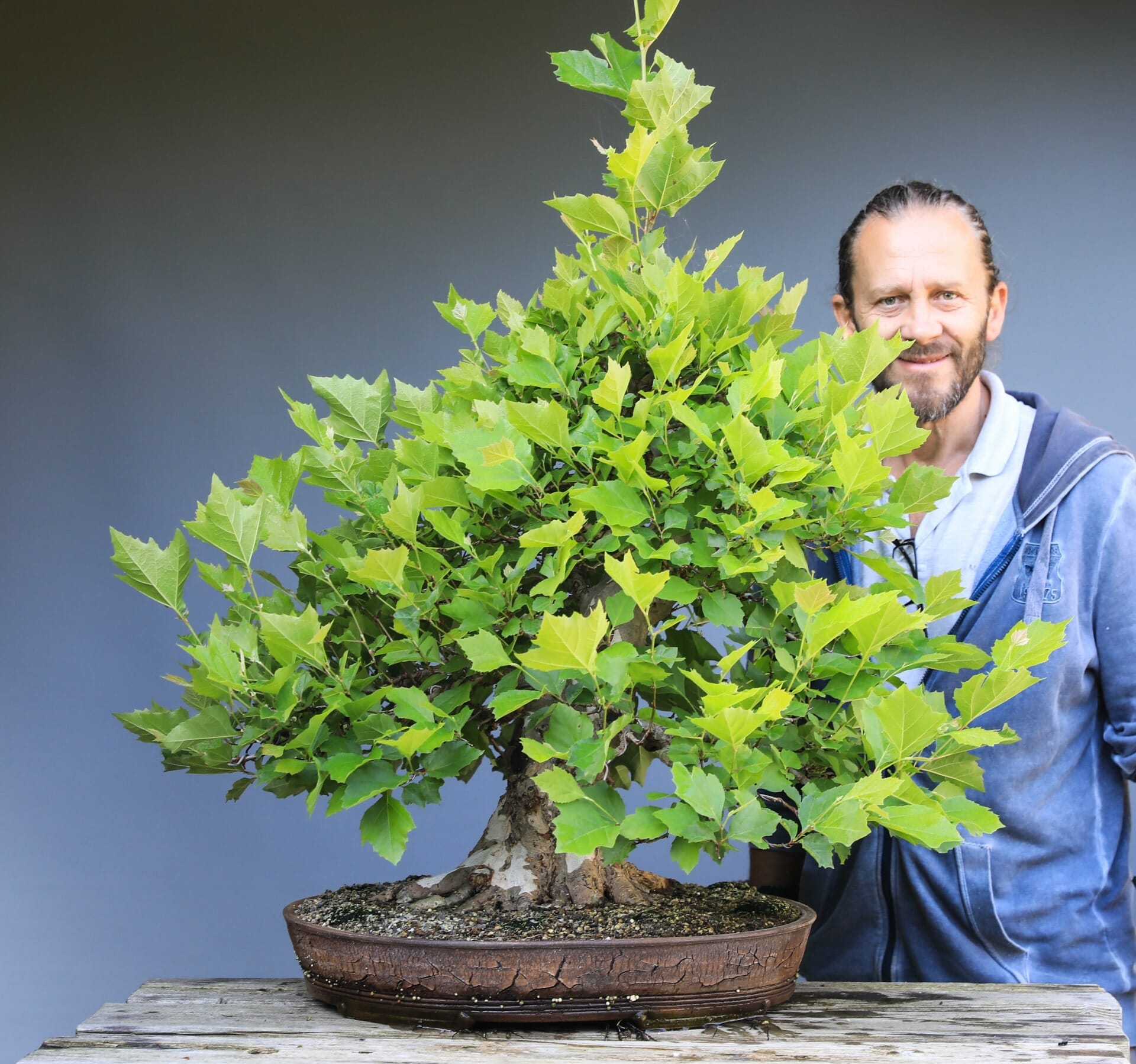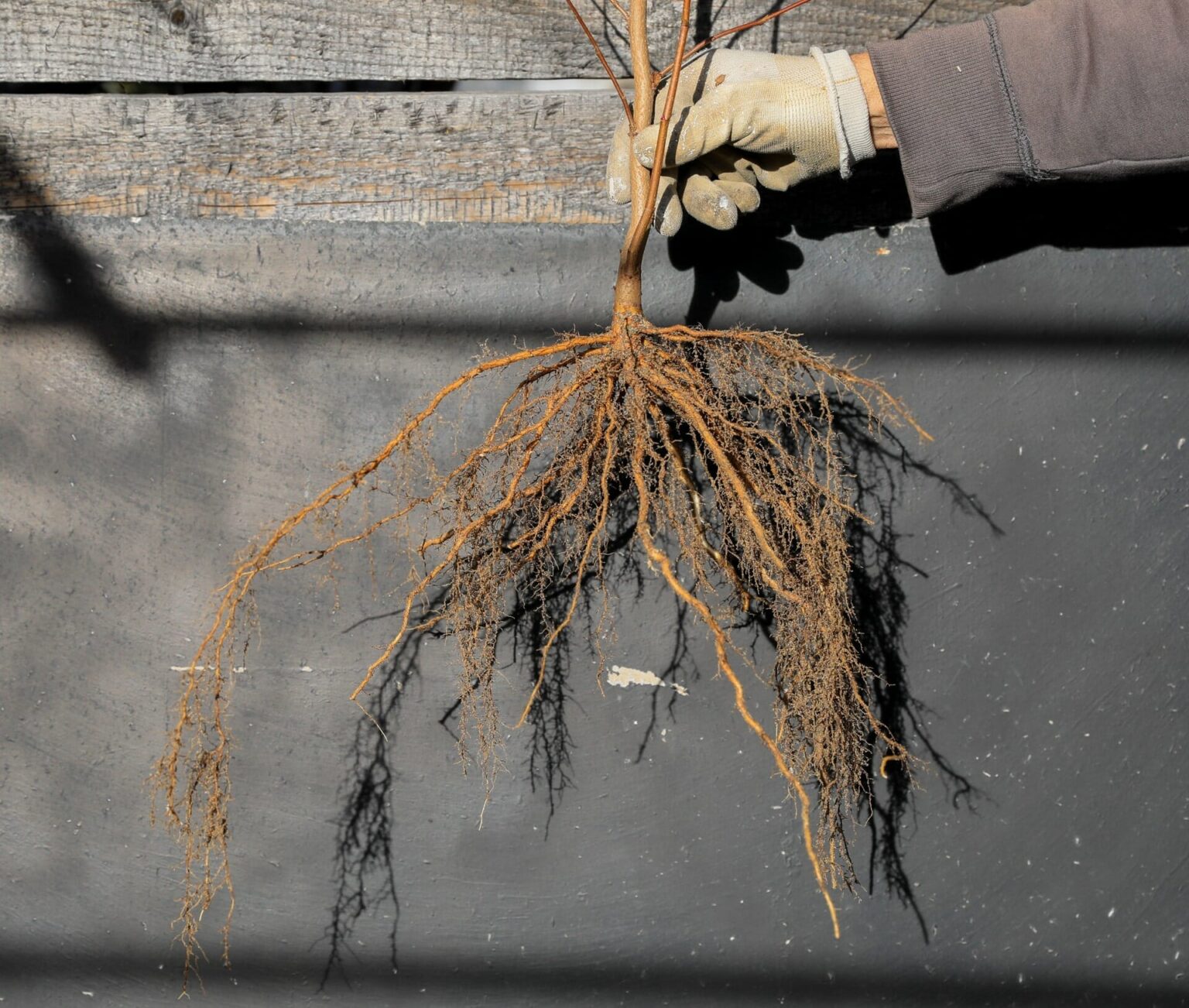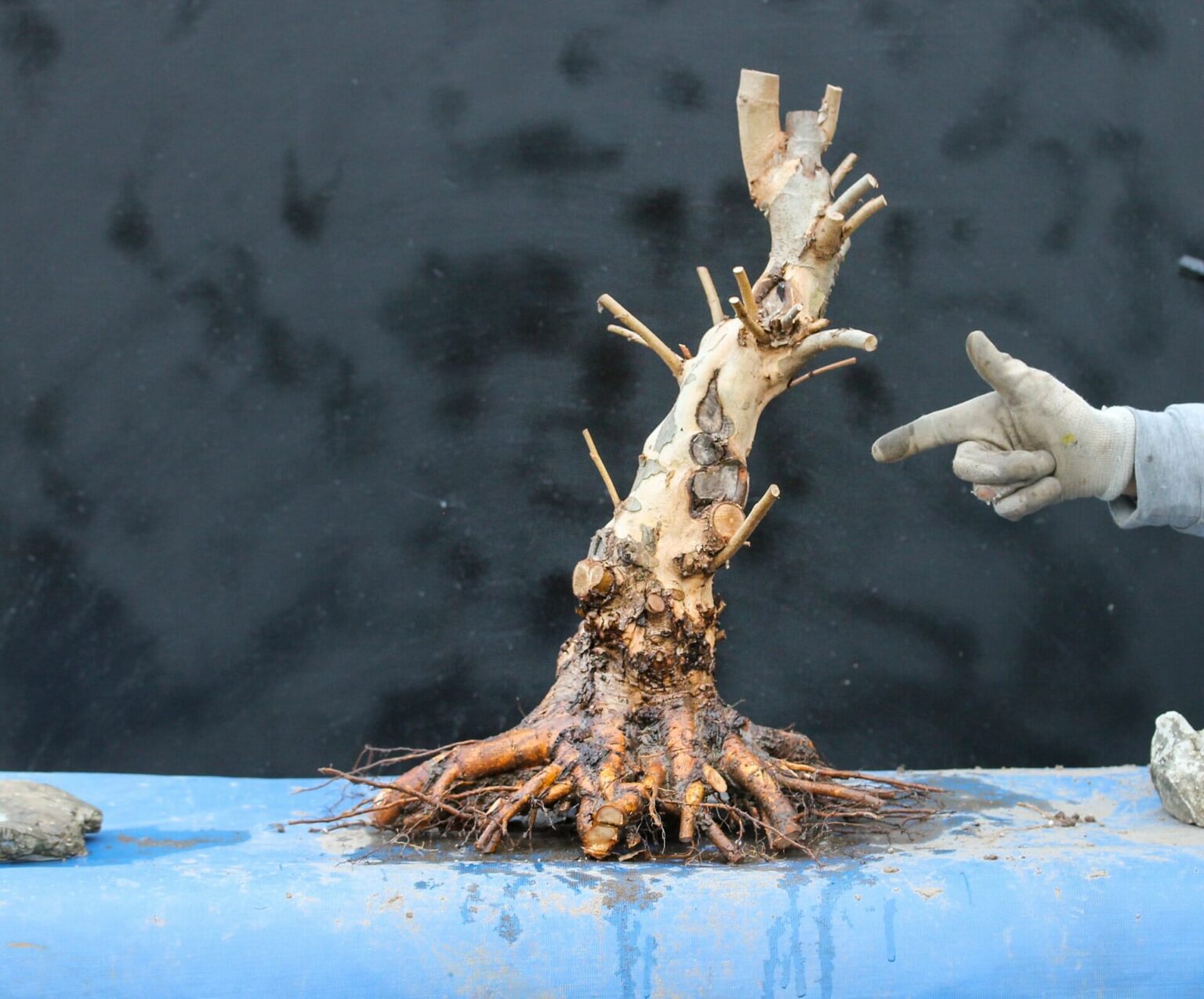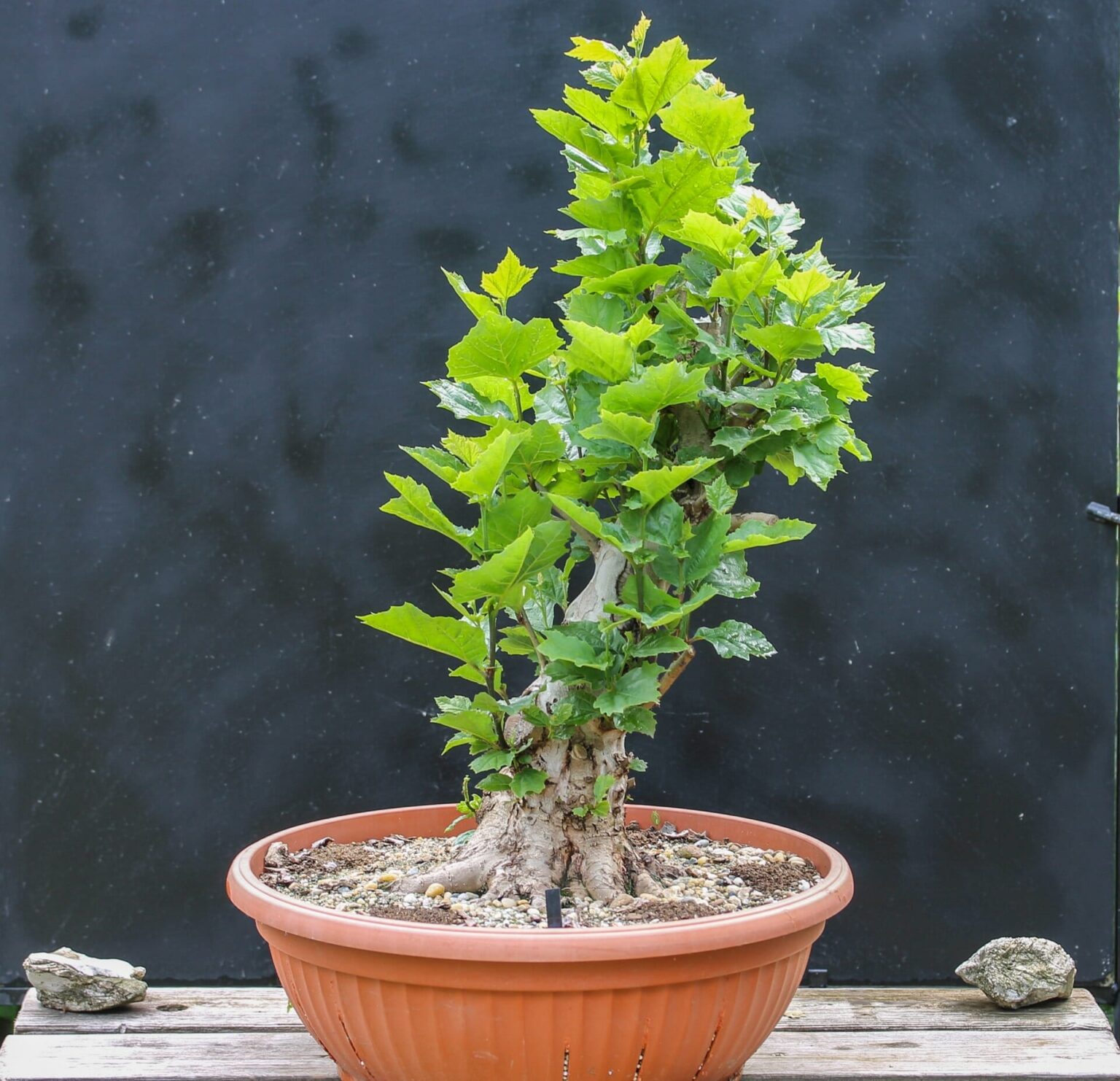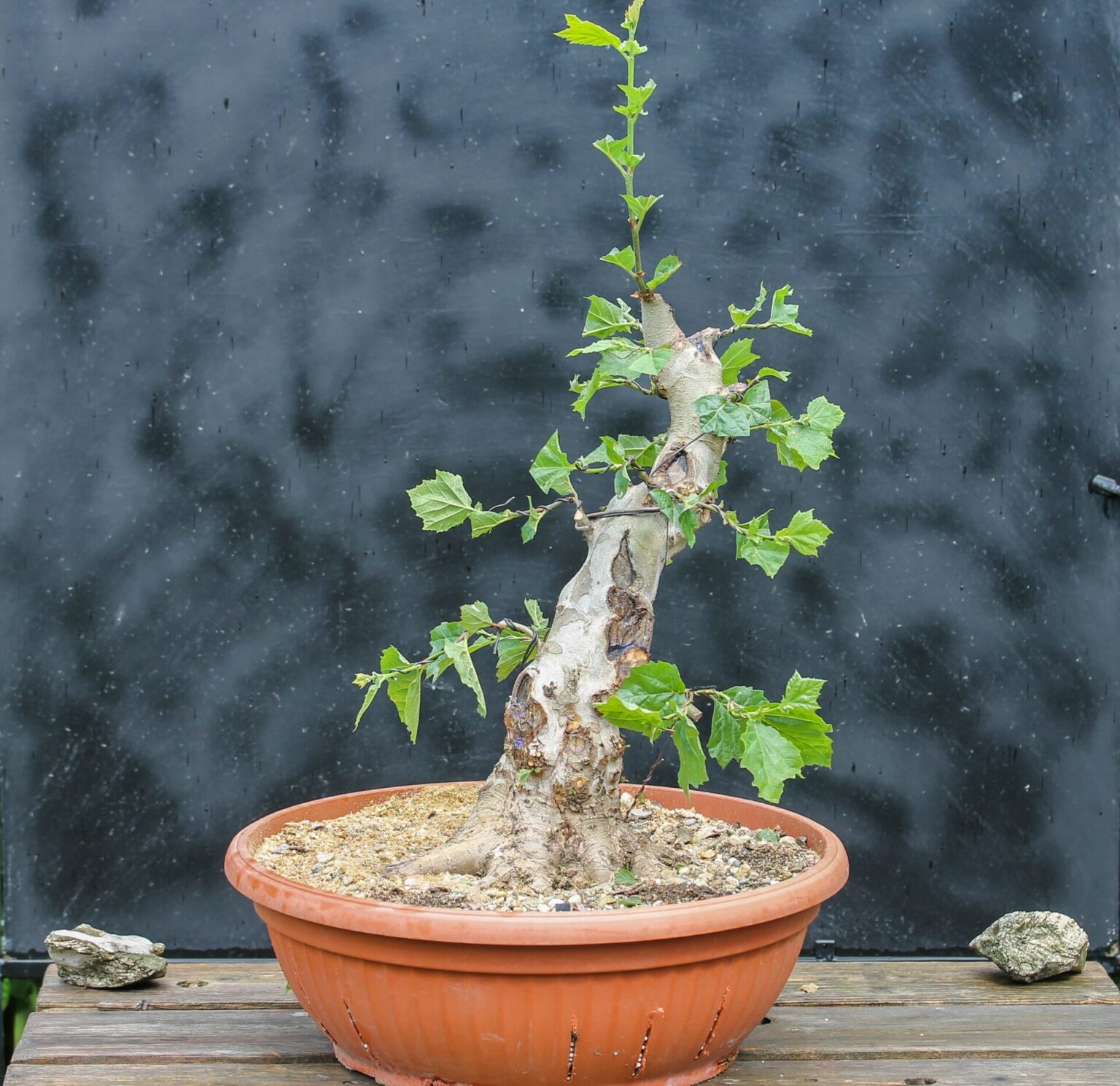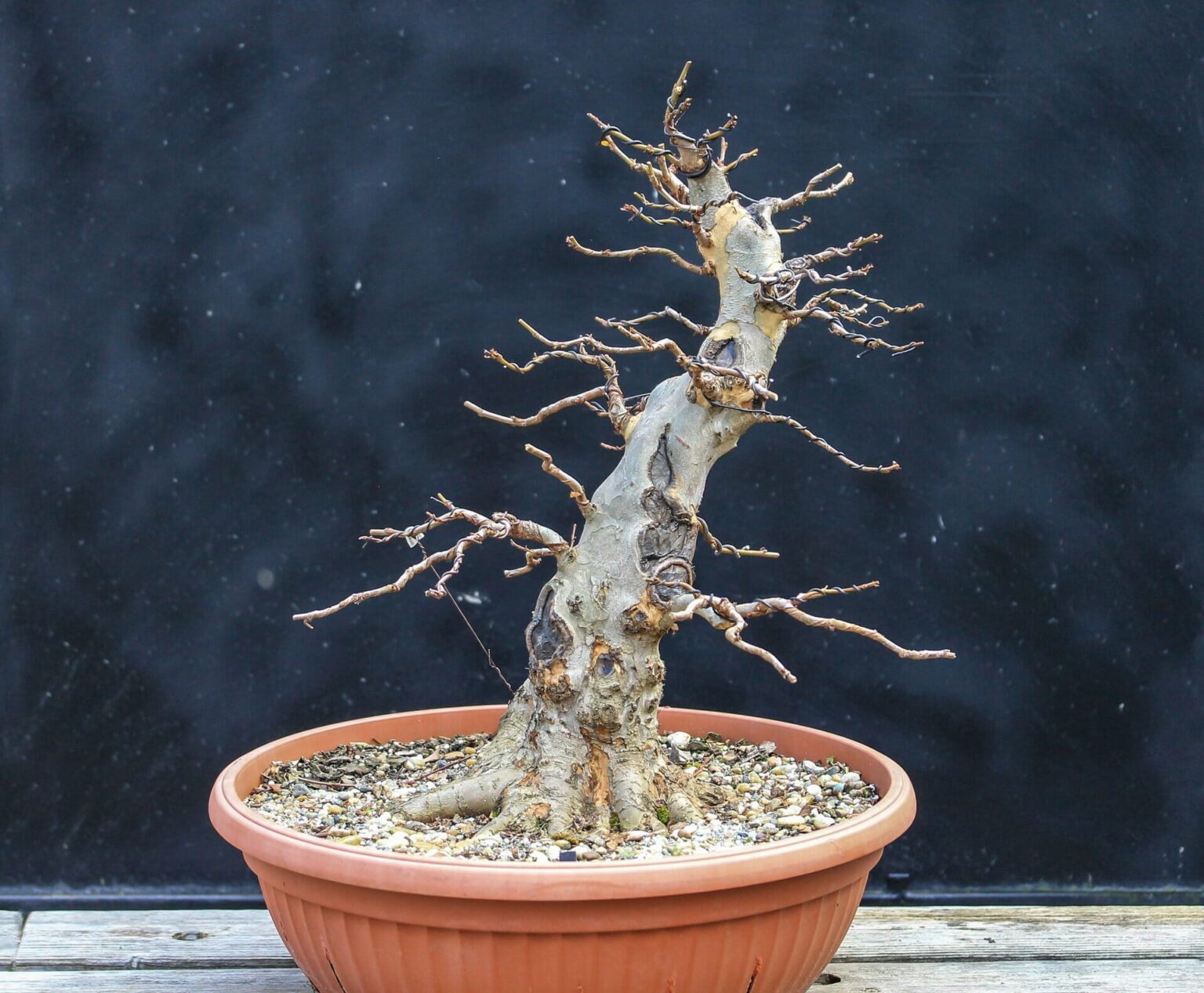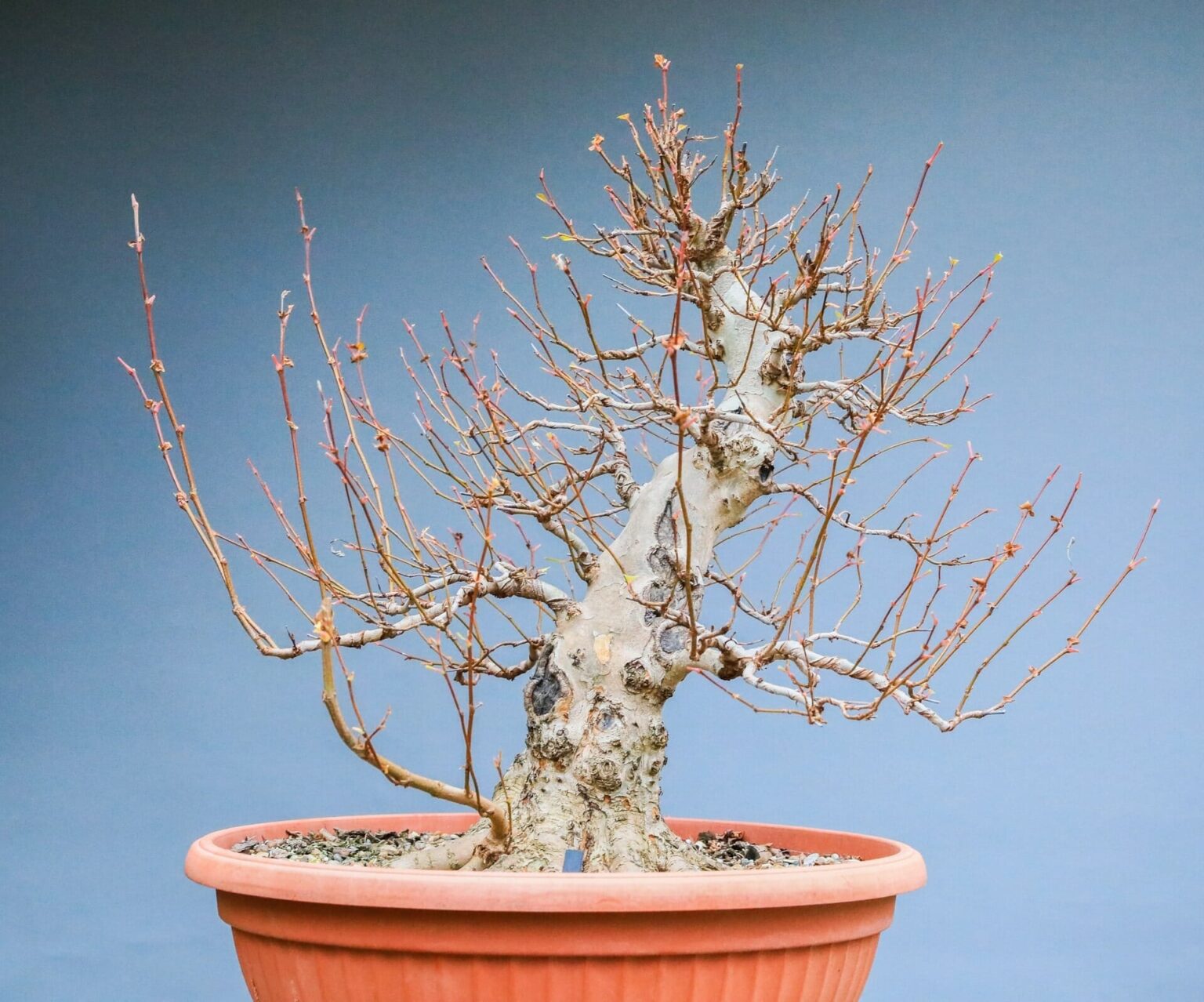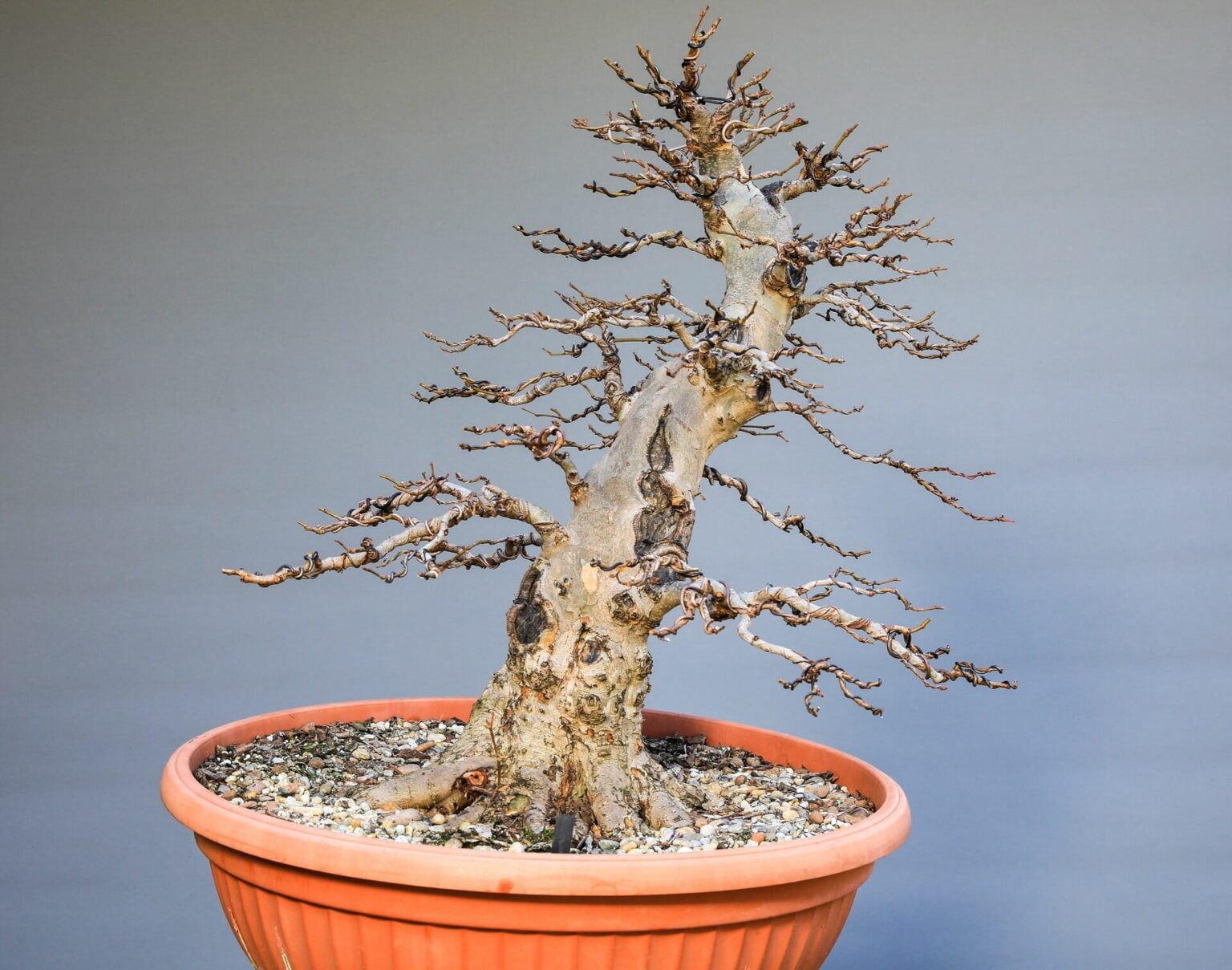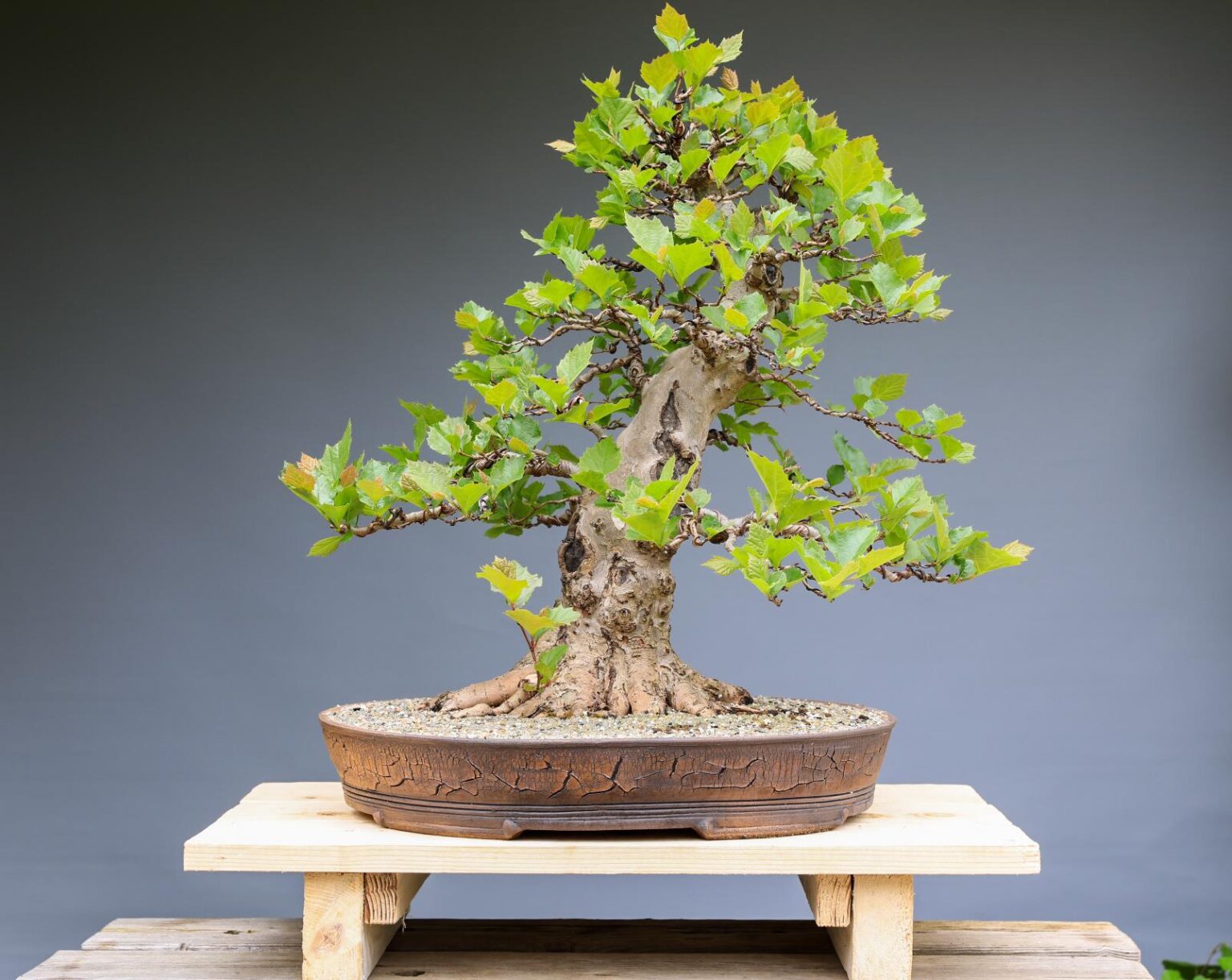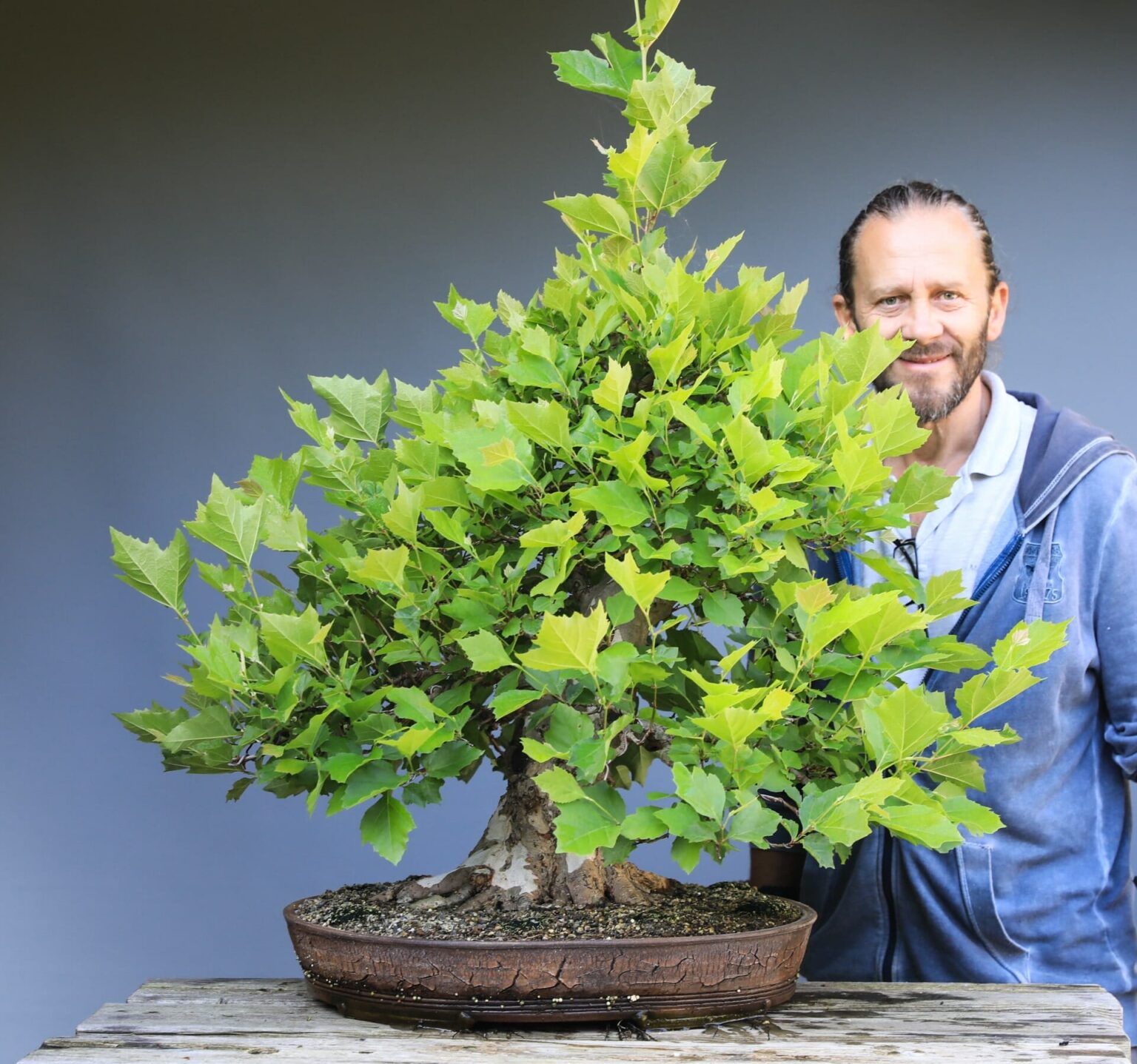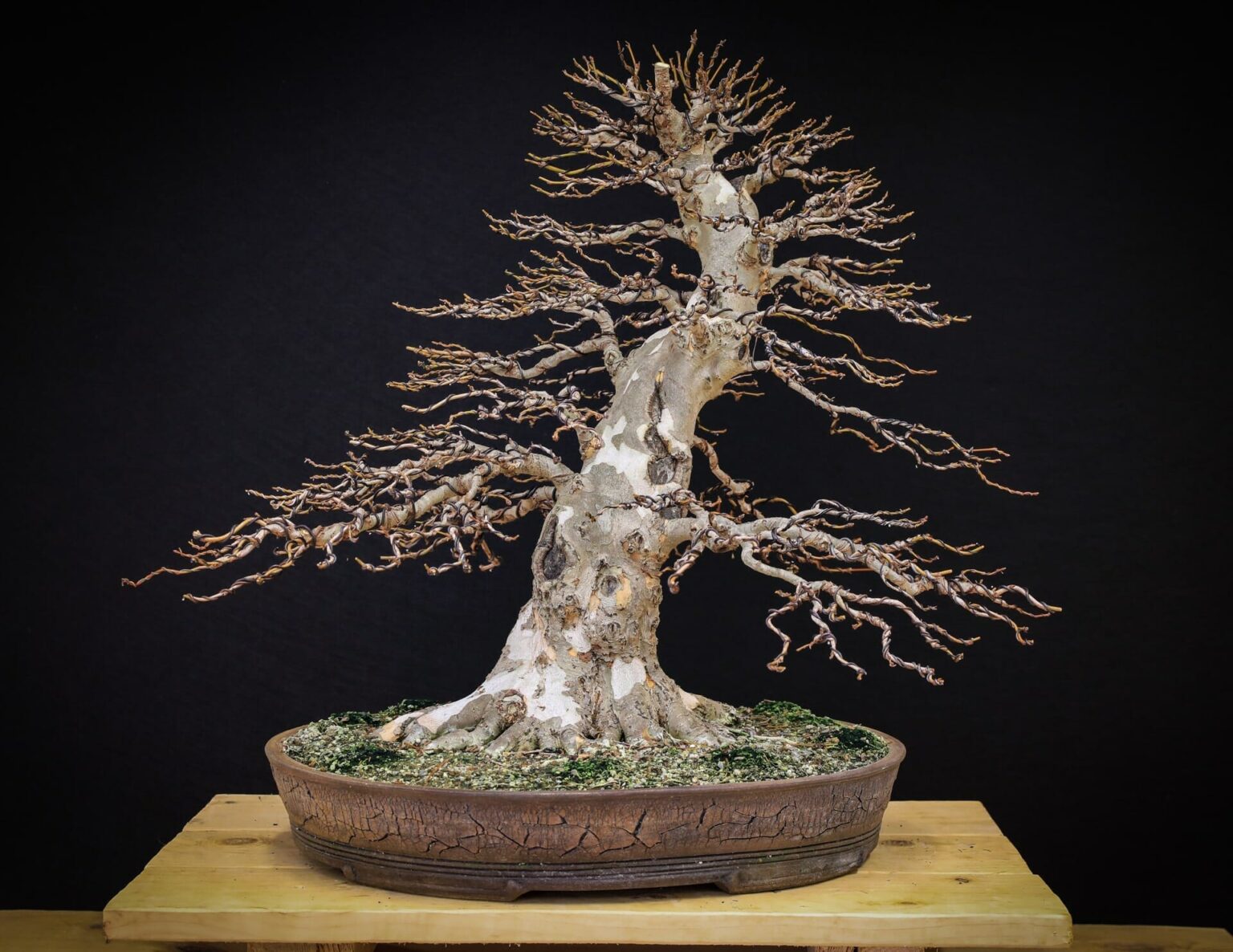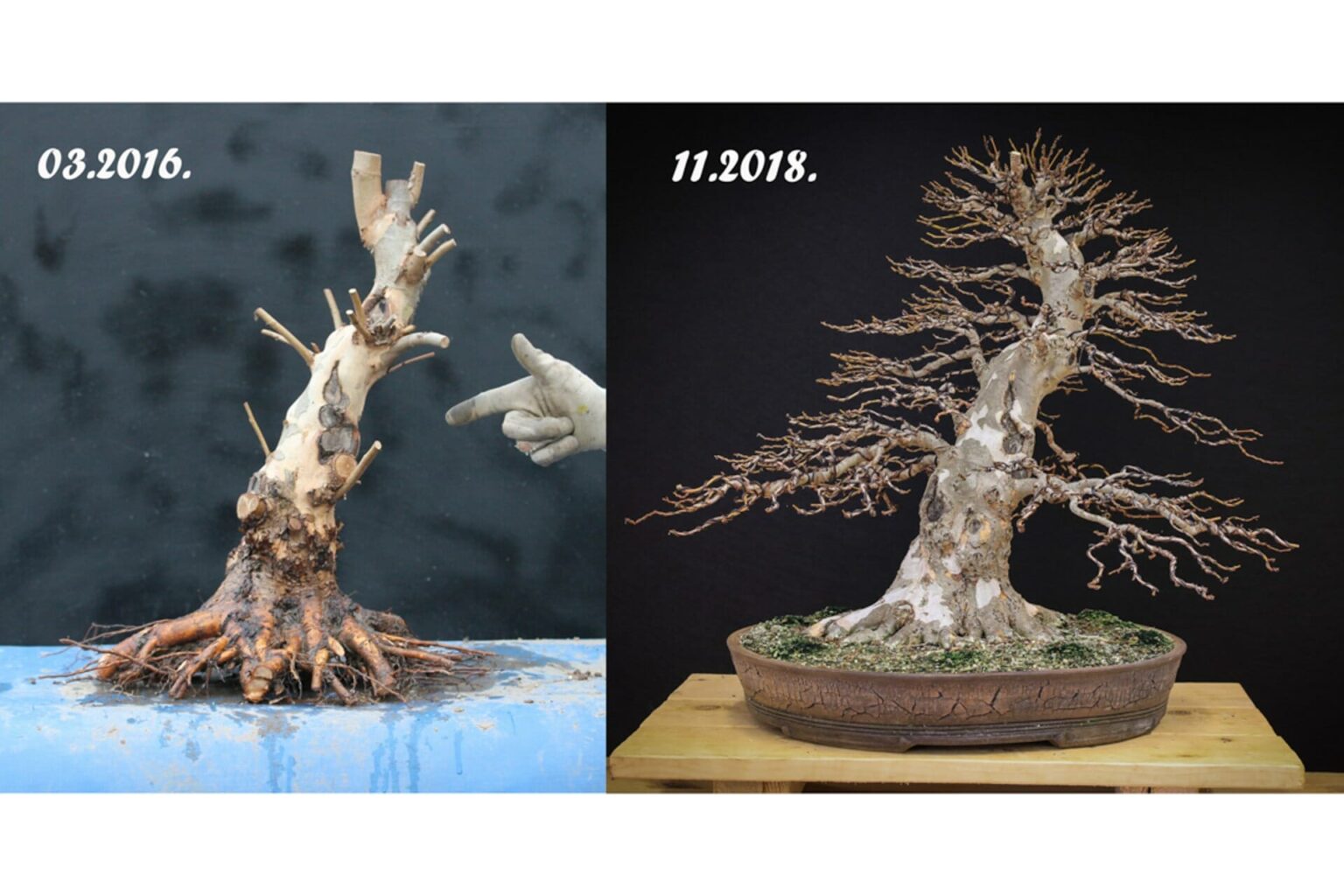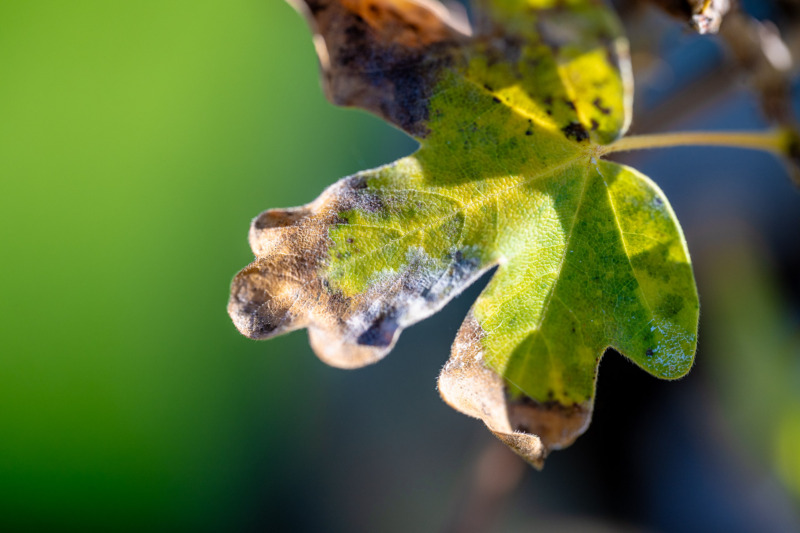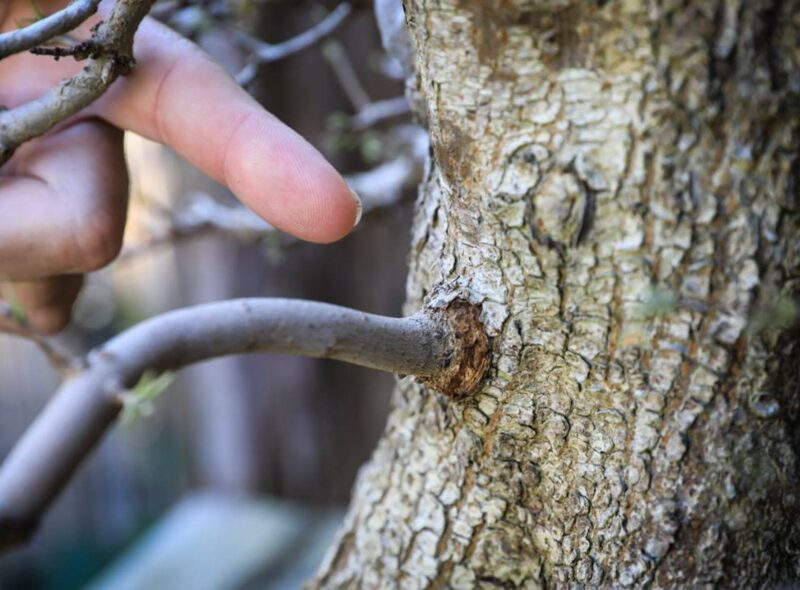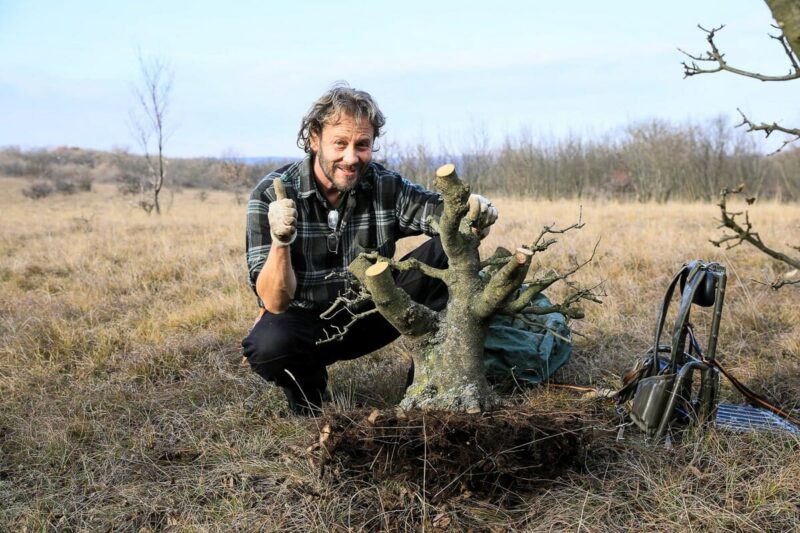So the only option left for us is to grow a tree ourselves from seeds or cuttings. If you wanted to do this in a pot, you would need a lot of patience. Growing in open ground, for example in a bonsai nursery, is quicker. Attractive results can be achieved after around 10 years. Some tips on care:
The plane tree is characterized by its particularly high resistance to diseases. It is a classic swamp plant and therefore always needs plenty of water and fertilizer for its development. If the plane tree has leaves, it should even be kept in water all the time, for example in a bowl. It is important to keep it wet even in winter, as the plane tree generally does not tolerate dry periods well. The plant needs a lot of sun and therefore loves places that receive sunlight all day long. In the early stages of its development, the plane tree forms large leaves with growth sizes of ten to 15 centimeters. These must be constantly pruned back to around three to five centimetres until the tree has such dense foliage that no more larger leaves are formed. In the following series of pictures, we show the development of our plane tree bonsai over a period of three years:

